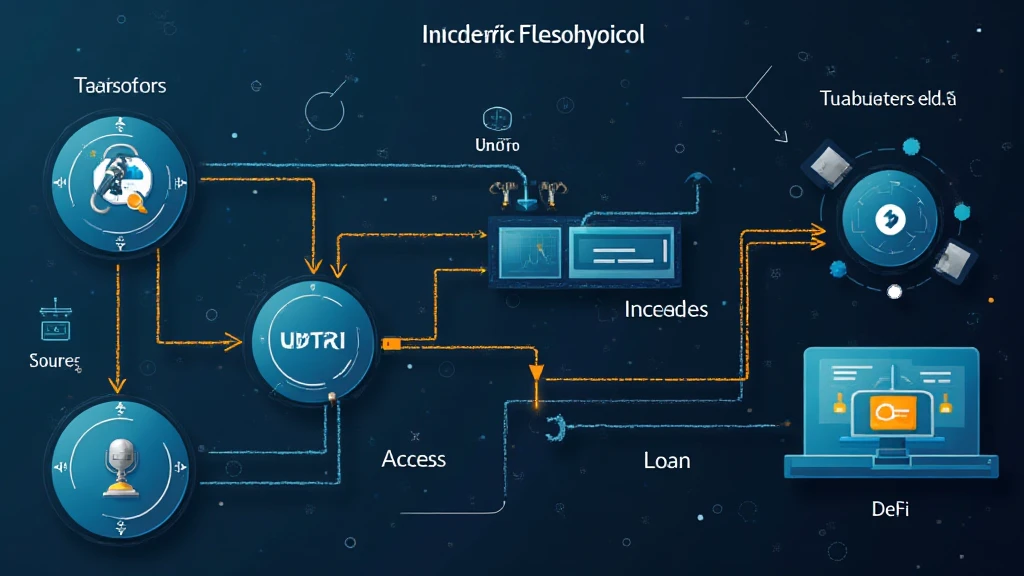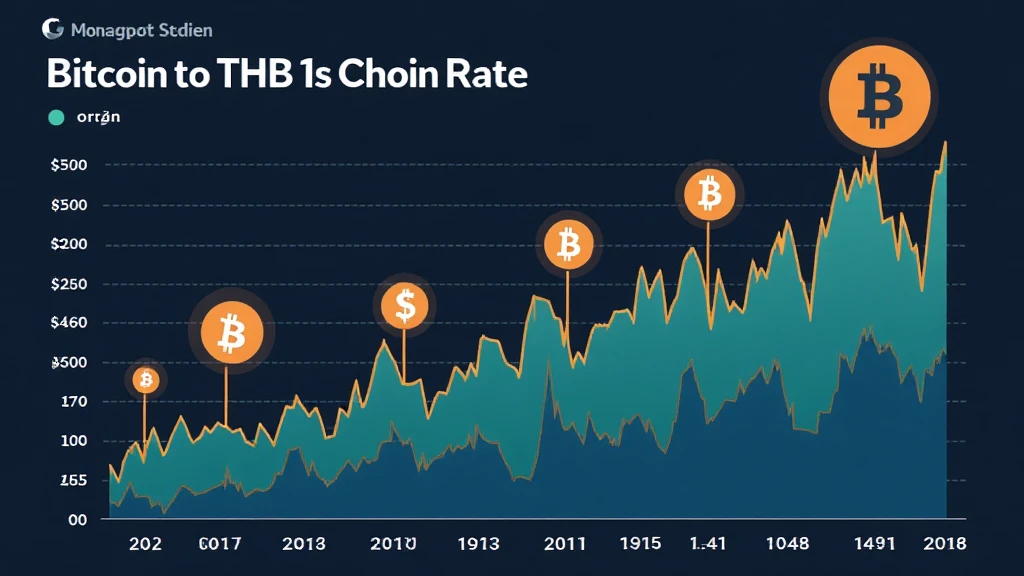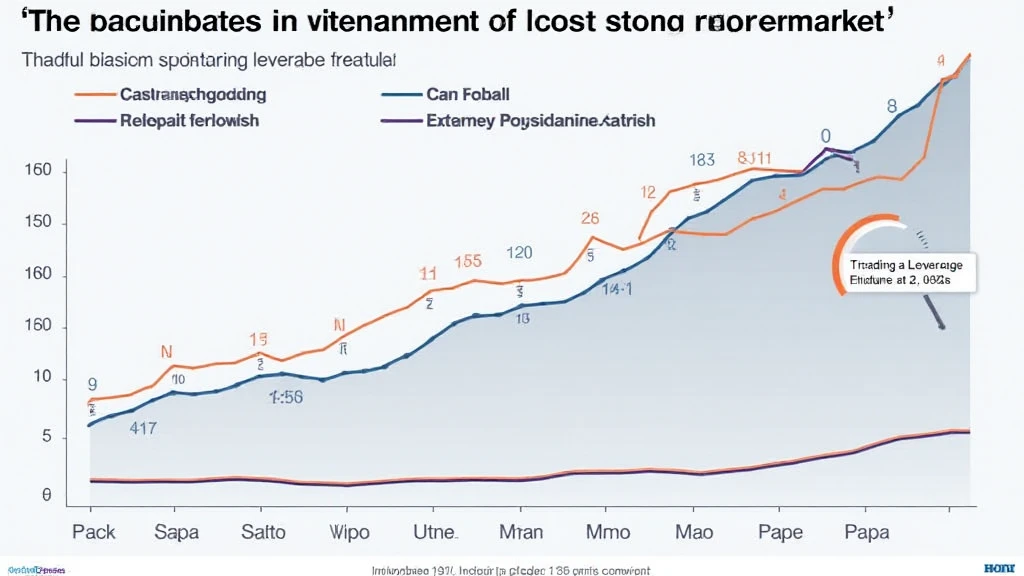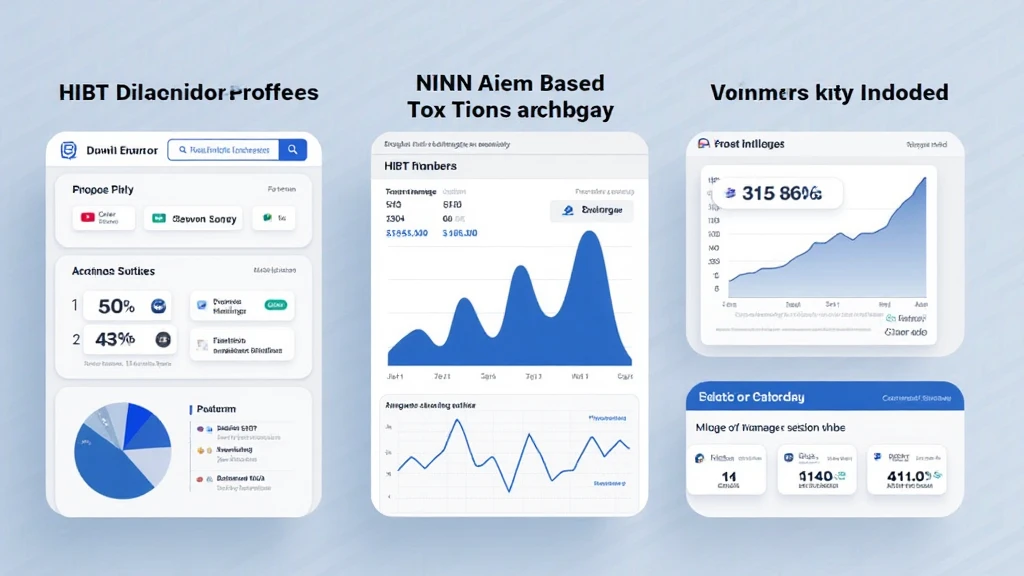Understanding Bitcoin DeFi Flash Loan Attacks
In the rapidly evolving world of DeFi (Decentralized Finance), flash loan attacks have emerged as a significant threat. As of 2024, over $4.1 billion has been lost to such hacks, indicating the urgent need for better security measures. This article delves into the nature of these attacks, their implications for the Bitcoin ecosystem, and how developers and users can protect themselves.
What are Flash Loans?
Flash loans are a unique form of uncollateralized lending that allow users to borrow assets for a very short period, usually just one transaction block. This means users can essentially borrow any amount of cryptocurrency, execute a series of trades, and repay the loan within moments. If they fail to repay, the transaction is reverted.
Here’s the catch: While this feature can be leveraged for legitimate purposes, it also creates opportunities for malicious actors to exploit vulnerabilities within the DeFi protocols. In 2023 alone, flash loan attacks accounted for approximately 20% of all DeFi-related hacks.

Mechanics of Flash Loan Attacks
To understand how these attacks work, let’s break it down into several stages:
- Preparation: An attacker identifies a vulnerable DeFi protocol, often one with a poorly designed smart contract.
- Taking the Loan: The attacker then takes out a flash loan to acquire a large amount of cryptocurrency.
- Exploiting the Vulnerability: Using the borrowed funds, the attacker manipulates the vulnerable protocol, executing trades that yield a profit or asset theft.
- Repayment: After completing the exploit, the attacker repays the flash loan, often leaving users with losses.
Real-World Examples of Flash Loan Attacks
Let’s look at a few high-profile examples of flash loan attacks that have rocked the cryptocurrency landscape:
- Value DeFi Attack (2020): An attacker exploited a vulnerability in the liquidity pools of Value DeFi, siphoning off $7 million through flash loans.
- Alpha Homora Attack (2021): An attacker borrowed funds worth $37 million via flash loans, manipulating token prices and profiting significantly.
Risk Factors for Bitcoin and DeFi Platforms
The risks associated with Bitcoin DeFi flash loan attacks extend beyond immediate financial losses:
- Smart Contract Vulnerabilities: Poorly coded smart contracts remain a common issue. Developers must adhere to tiêu chuẩn an ninh blockchain to minimize flaws.
- Market Manipulation: Attackers can artificially inflate the price of assets, causing cascading failures within liquidity pools.
- Loss of User Trust: Repeated attacks can lead to decreased user confidence in DeFi projects.
Preventive Measures and Best Practices
Here are several strategies that developers and users can implement to mitigate these risks:
- Conduct Regular Audits: Regularly auditing smart contracts is vital. Learning how to audit smart contracts should be a priority for developers.
- Implement Rate Limiting: Limiting the amount that can be borrowed via flash loans in a single transaction can reduce the impact of an attack.
- User Education: Educating users on security practices can significantly reduce the likelihood of falling victim to attacks.
The Future of Bitcoin DeFi Security
As the DeFi sector matures, developers are beginning to integrate more robust security measures. Enhanced analytics, automated audits, and AI-driven monitoring tools are on the horizon. Additionally, as the user base grows—especially in markets like Vietnam, where crypto adoption has surged—there is an increasing expectation for higher security standards.
According to recent statistics, Vietnam has seen a growth rate of over 200% in DeFi users from 2022 to 2023, indicating a lucrative market for targeted attacks.
Conclusion
Flash loan attacks are a significant challenge within the Bitcoin DeFi landscape. With the total losses skyrocketing annually, it’s crucial for developers and users to remain vigilant and adopt stringent security practices. The future of DeFi security lies in collaboration, continued education, and an unwavering commitment to improving tiêu chuẩn an ninh blockchain. By doing so, we can build a more trustworthy and resilient financial ecosystem.
For more insights into the world of DeFi and its security challenges, visit hibt.com.
Authored by Dr. Alex Thompson, an expert in blockchain technology with over 15 published papers and leader of several prominent security audits in the DeFi space.





